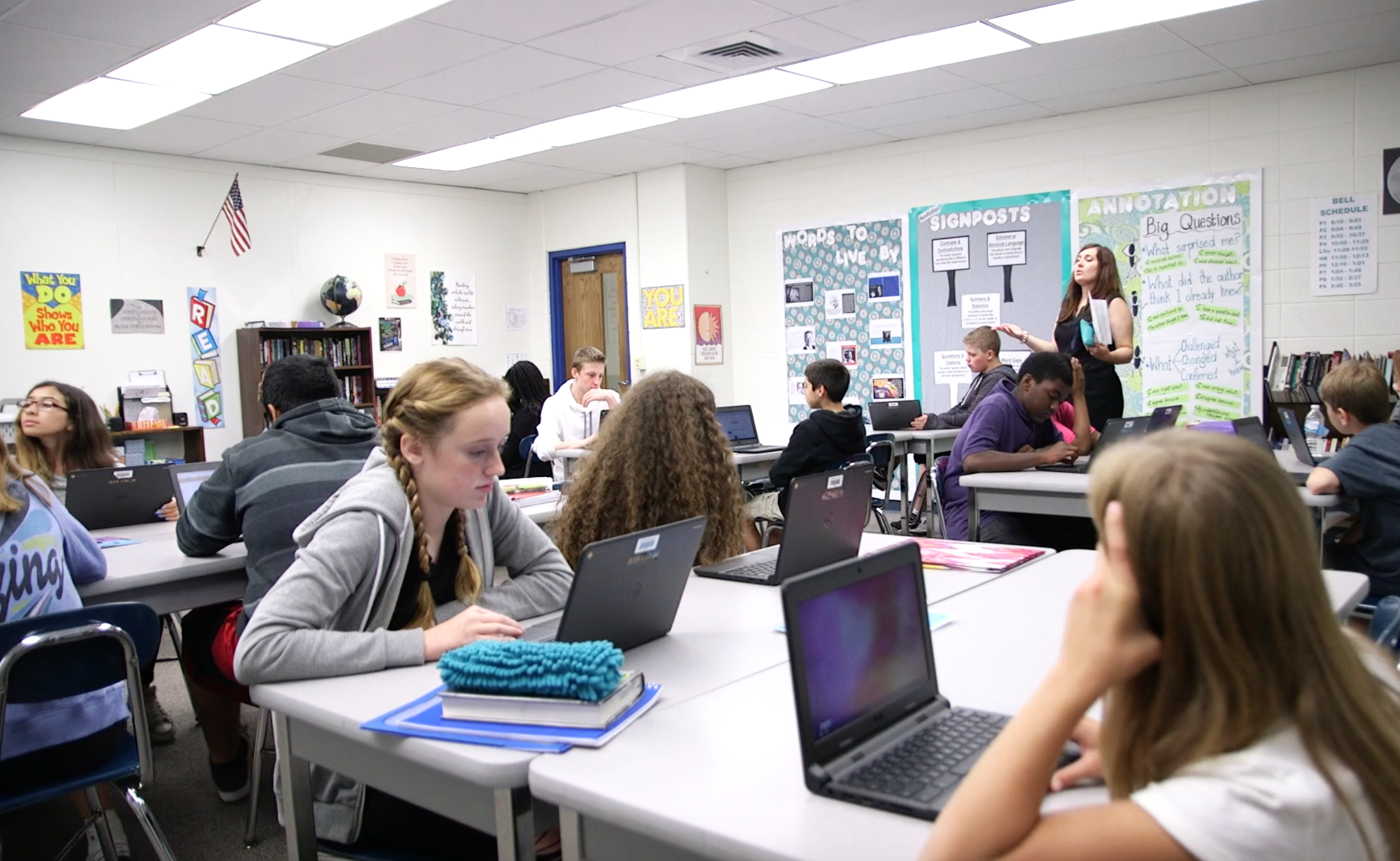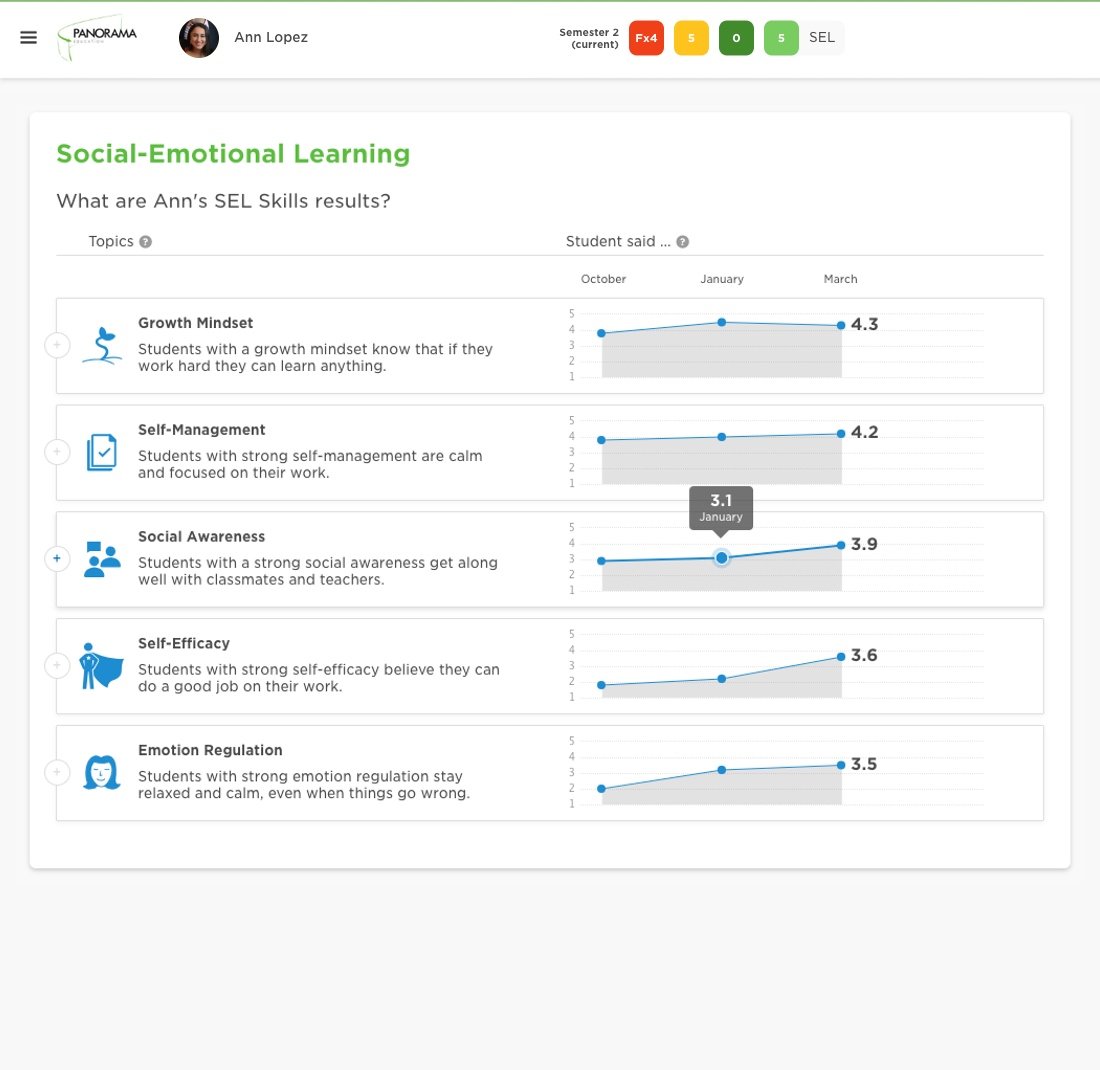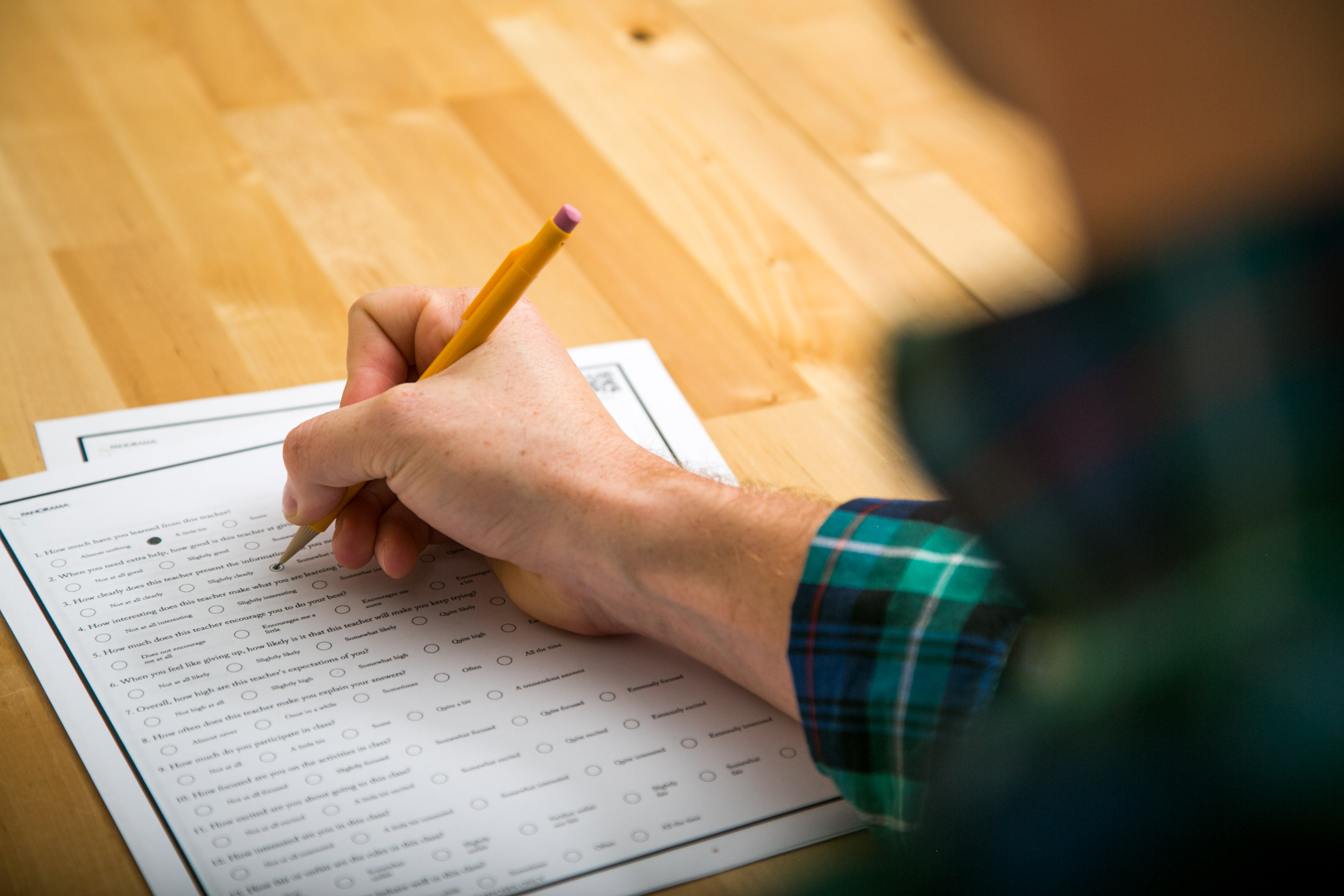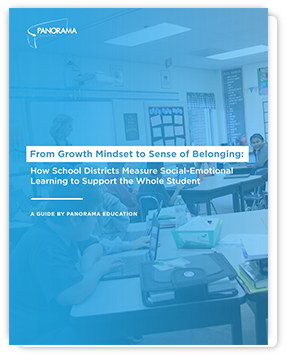There's no question that social emotional learning (SEL) is essential to students' success in school and life.
Extensive research has shown that students who participate in SEL programs demonstrate 11% gains in academics, improved classroom behavior, better stress management, and higher attendance. As the body of research on social-emotional learning grows, district and school leaders are focusing on infusing SEL into the classroom through different programs and activities.
For many schools and districts, however, figuring out how to measure social emotional learning remains a challenge. Without clear and actionable data on students' SEL competencies—such as growth mindset, social awareness, and self-efficacy—it's difficult to determine where to start or how to best support students' needs.
That's why we put together a complete guide to assessing SEL, which puts a spotlight on districts like Long Beach Unified School District (CA), Council Bluffs Community School District (IA), and Everett Public Schools (WA). In the guide, you'll learn about five key social-emotional skills and how school districts are focusing on those skills to improve student outcomes.
Read an excerpt from the guide below, and click here to download the full guide as a PDF.
How to Get Started Measuring and Improving Social Emotional Learning
At Panorama Education, we've worked with over 400 school districts and 6 million students nationwide to develop a survey-based approach to SEL measurement. Here are the five keys we've found to assessing social-emotional learning:
- Choose which topics to measure. Which SEL skills, mindsets, and behaviors matter most to your district? Panorama's research-backed, customizable survey instrument contains 22 SEL measures to choose from.
- Gather baseline data with an SEL assessment. Whether done online or by paper, SEL surveys take students 10-15 minutes to complete in class.
- Analyze the results. What are students' strengths and areas for growth? Panorama's reports display results at the school and district levels—as well as at the individual student level, if requested—with national benchmarks and subgroup analyses.
- Take action to improve SEL. Design a plan for improvement based on the data. Then, begin implementing the plan across your school or district.
- Evaluate and adjust. Did the interventions and supports work? Conduct another round of surveys to examine the effectiveness of your school or district's SEL initiatives.
By using this process, educators can gain a deep understanding of how to best support their students' SEL skills and competencies.







